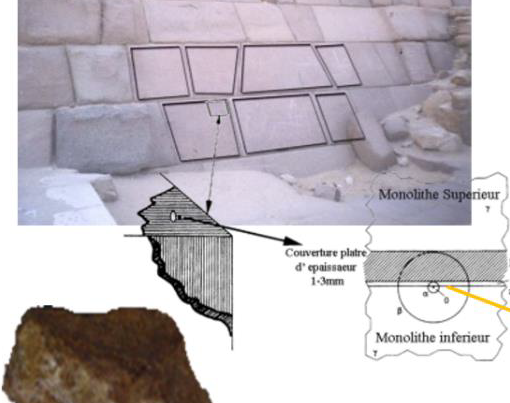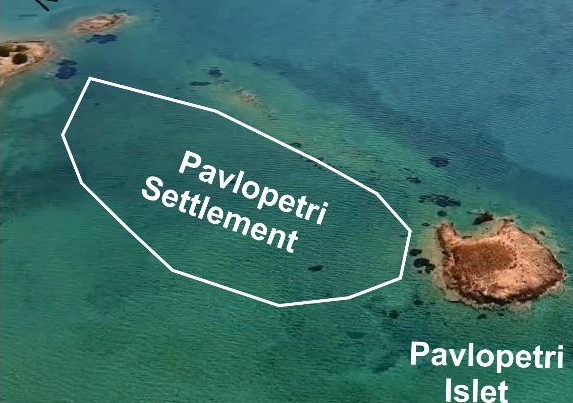by M. Papageorgiou, V. Boura, D. Palles, H. Brecoulaki, K. Kallintzi, M. Chrysaphi and E. Kamitsos
ABSTRACT
The present study explores issues of production, distribution and application of Lykion, a renowned and widely used medicine of the ancient world, by synthesizing literary archaeological and scientific evidence. Various types of miniature vessels have been characterized by researchers as carriers of medicinal and/or cosmetic substances. Among these, a special category distributed in various areas of the Eastern Mediterra-nean and South Italy bear inscriptions or stamps identifying Lykion as the vessels’ content. These inscriptions sometimes provide the name of the manufacturer as well. A comparative study of their typology with their unlabelled counterparts indicates similarities in terms of their content and use. The unlabelled examples are mostly characterised as vessels of storage and transportation of an alternative non-certified medicine pro-duced by using a local plant variety with similar medicinal properties. In the latter case, the shape of the container could signal both the place of origin and the content. Hitherto analytical investigations that would confirm the validity of this hypothesis had yet to be conducted. The present research attempts, for the first time, to trace evidence regarding the content of 15 published ceramic vessels whose biconical and pear-shaped shapes are mostly associated with this particular medicine. The assemblage under study was excavated in ancient Abdera, a coastal city in Western Thrace, Greece. In order to investigate any absorbed content into the ceramic matrix of these vessels, 42 samples were extracted from their inner unglazed walls. The powder sam-ples were then analysed by the complementary Infrared (IR) and Raman spectroscopies and consequently compared to spectra acquired from certified Greek plant varieties which could potentially match the botanical identity of the ancient Lykion plant.
![]()



